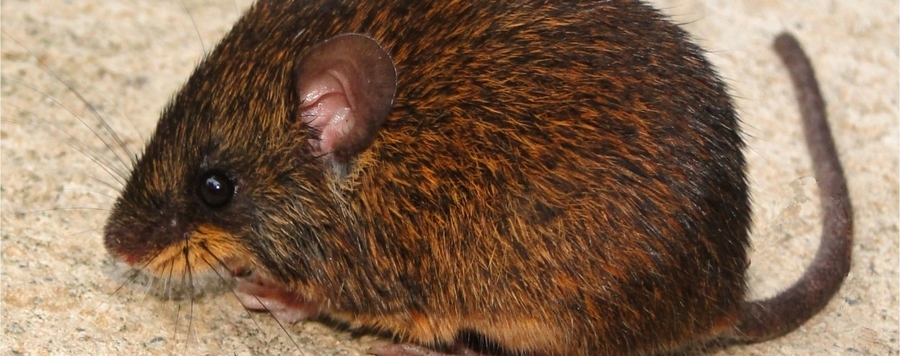
A new species of spiny mouse, genus Neacomys (Rodentia, Cricetidae) from Cordillera del Cóndor, Ecuador
We describe a new species within the sigmodontine rodent genus Neacomys that inhabits the Cordillera del Cóndor, southeastern Ecuador. The new Neacomys is easily distinguished from other species in the genus by the combination of the following characters: small size (69 mm of head-body length), moderately long tail (55.5% longer than head-body length), venter fur with golden color, very large postglenoid foramen, anterocone of upper first molar undivided, presence of paralophule and spur of enamel on the upper first molar, upper molars with small labial cusps, and lower molars with small lingual cusps. Phylogenetic analyses based on cytochrome b gene (Cyt b) sequences indicate that the new species is sister to the “tenuipes” and “dubosti” groups. Given distinctive morphological characters we propose the recognition of a new species group for this new species. This new Neacomys, endemic to the Cordillera del Cóndor, presents a genetic distance between 12% and 15% to other species. Finally, we consider that N. amoenus carceleni exhibits sucient distinctive genetic and morphological characteristics to be considered as a species. With the new entity described here and the change of status of N. carceleni, the diversity of the genus rises to 17 species. In this context, this small terrestrial oryzomyine appears an ideal candidate to contribute relevant information to the complex puzzle of Amazonian landscape evolution.






